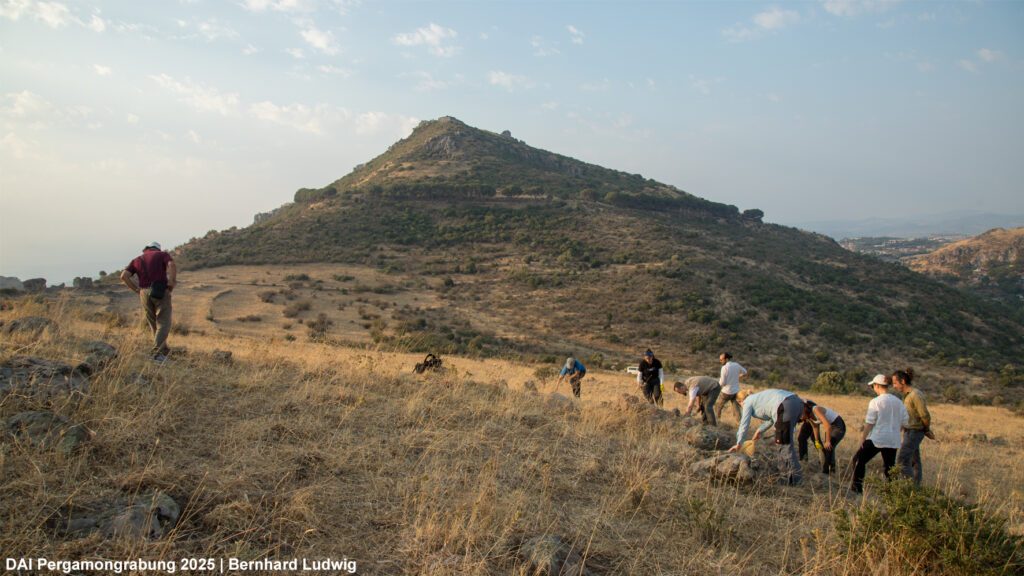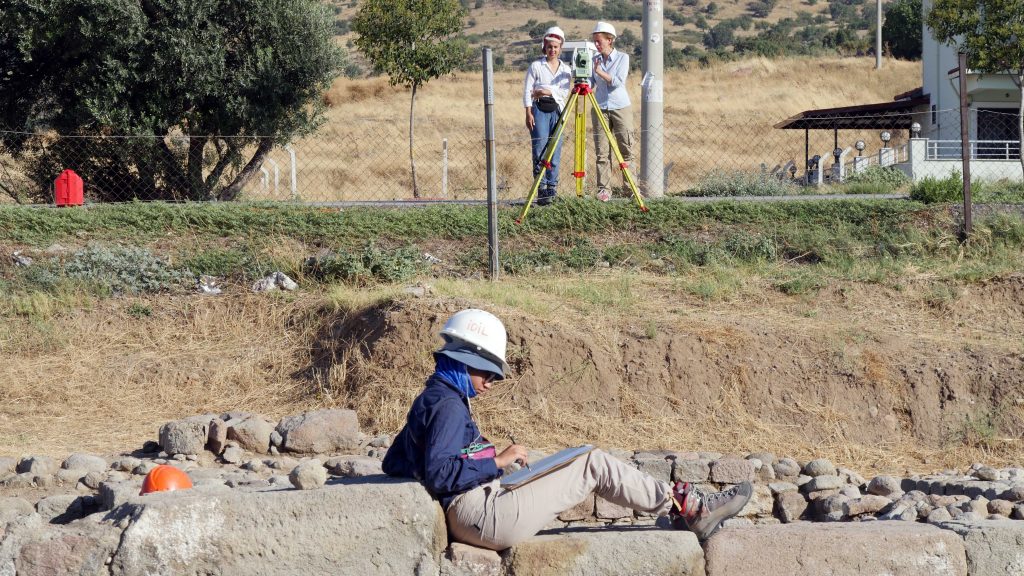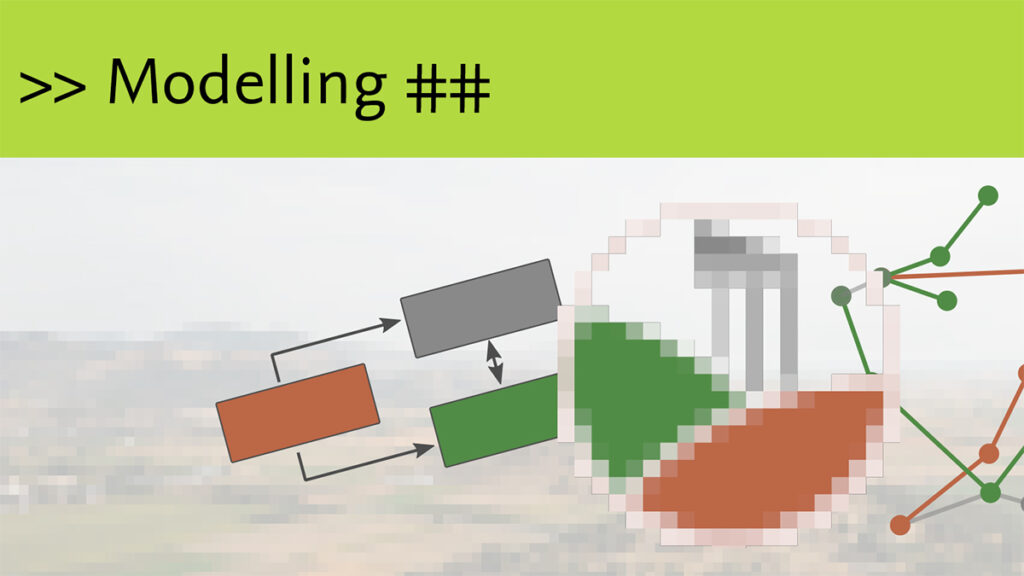by Robert Busch
A new article from our project was recently published in the journal PLOS One. The article discusses the natural potential for agriculture in the Pergamon Micro-Region between 400 BCE and 400 CE.
In ancient times, the Pergamon Micro-Region was a central area for agriculture and the economy. Previous studies conducted as part of the TransPergMicro project primarily focused on the topographical and archaeological aspects of land use related to settlements. However, the extent to which climatic fluctuations influenced agricultural potential remained unclear. In the context of discussions about stable or variable climate phases, such as the hypothesis of a “Roman climate optimum,” locally differentiated models have been lacking until now.
For the first time in this region, this study combines high-resolution paleoclimate data with soil properties and topographical factors in an adapted EcoCrop model. This expansion of previous TransPergMicro investigations includes a dynamic, time-resolved component. Instead of static suitability maps, we can now examine how the potential to grow important cereals and legumes has changed over the centuries.
The results show that agricultural potential varied greatly over space and time. While the western Bakırçay plain offered stable conditions over long periods, other areas, such as the eastern plain and higher-lying zones, were more sensitive to climatic fluctuations. These fluctuations likely affected ecological suitability and the planning security of ancient societies. Consequently, agricultural decisions had to adapt to a changing climate, impacting land use, settlement distribution, and infrastructure.
Thus, the study contributes to a better understanding of the long-term relationship between humans and the natural environment in the Pergamon Micro-Region. It establishes a foundation for a more nuanced perspective on the dynamics of adaptation, risk assessment, and resource utilization in an important ancient settlement area.



